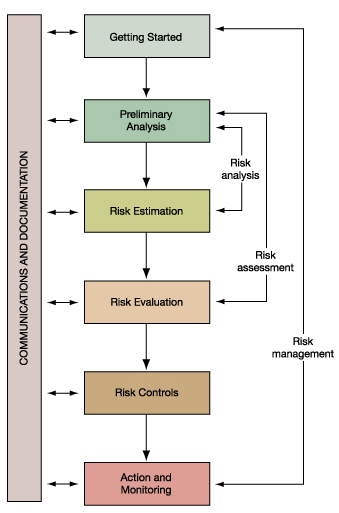Adaptation - Synthesis
Some adaptation is occurring in Canada, both in response to, and in anticipation of, climate change impacts.
The regional chapters of this assessment note that some adaptation is already taking place in Canada. Adaptation initiatives have been undertaken at scales ranging from individuals and community groups to industry and governments (see Table SR-5 for examples). Much of this adaptation has been achieved through informal actions or strategies in response to specific events or circumstances, and where the capacity to take action existed (Chapters 4, 6, 8 and 10). There are also some examples of policy initiatives that provide a more structured approach to adaptation, such as the New Brunswick Coastal Areas Protection Policy (Chapter 4) and British Columbia Future Forests Ecosystem Initiative (Chapter 8).
Several adaptation initiatives address current risks and take into account the likely impacts of future climate change. These include most major new infrastructure development in northern Canada, such as mine sites, pipelines and large buildings, where adaptive solutions include the use of thermosyphons to induce artificial cooling of permafrost under warming conditions (Chapter 3). Other examples are the Toronto Hot Weather Response Plan and similar heat-health alert initiatives in other urban areas of Ontario and Quebec (Chapter 5 and 6). The Toronto plan was first developed in response to increasingly hot summers during the 1990s, and the devastating health impacts of heat waves elsewhere in North America. Since its introduction in 1999, the Toronto plan has been continually monitored, evaluated and refined, demonstrating that effective adaptation is a continuing process, which will often involve more than a single action.
Integrating climate change into existing planning processes is an effective approach to adaptation.
Rather than dealing with adaptation in isolation from other factors, integrating (mainstreaming) climate change into ongoing planning and policy decision-making can provide efficiencies in the use of both financial and human resources (Adger et al., 2007; Klein et al., 2007). In such cases, climate change represents one of many factors to be considered in decision-making. Examples of opportunities for mainstreaming, some of which are taking place at a very limited scale, include using recent climate trends and future projections to update building codes and standards to reduce infrastructure vulnerability (Chapter 6), factoring sea-level rise into coastal development planning (Chapter 4), considering the hydrological impacts of climate change on water supply and demand in water and energy conservation initiatives (Chapters 5, 6 and 8) and considering climate change impacts in the environmental assessment process for major development projects (Chapter 3). There are also a large number of programs and policies in the development or review phases dealing with natural resource management, land-use planning, and other climate-sensitive issues that provide ideal opportunities for mainstreaming of climate change adaptation (Chapter 6).
Risk management approaches help decision-makers deal with the uncertainties associated with climate change.
Making decisions regarding adaptation requires dealing with uncertainty. There are uncertainties inherent in projections of future climate, the impacts of these changes and future socioeconomic conditions (which strongly affect adaptive capacity). Risk management provides a means for dealing with these uncertainties in a manner routinely used for non-climatic factors. It offers a practical and credible approach (Figure SR-5) that is well understood by decision-makers for defining measures to achieve acceptable levels of societal risk, and is currently used in many professional fields. Examples of existing risk-based tools to support climate change adaptation include a screening tool for engineered facilities in permafrost terrain that has been used in many northern infrastructure projects since the late 1990s (Chapter 3), and a risk-based guide for supporting adaptation decision-making, which has recently been developed for Ontario municipalities (Chapter 6).

Figure SR-5: Steps in the risk management process (Bruce et al., 2006).
Page details
- Date modified: